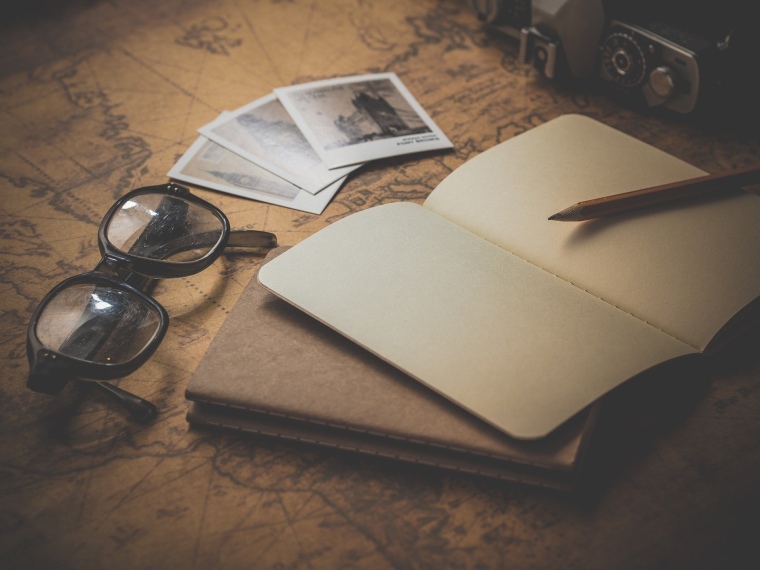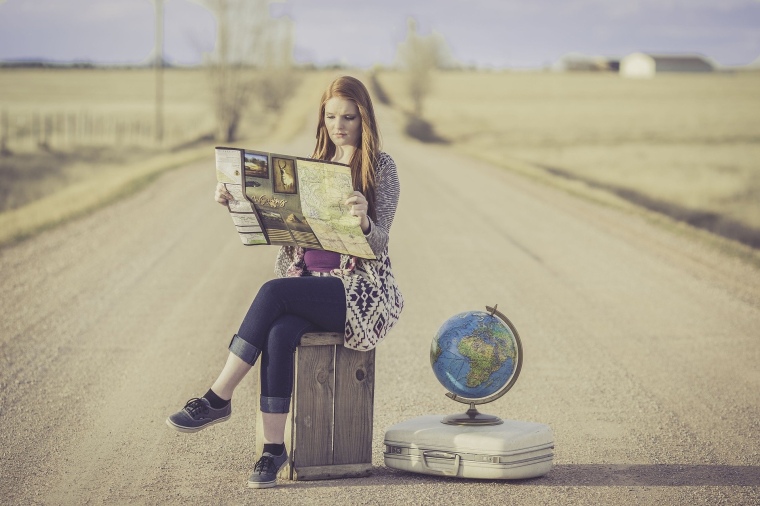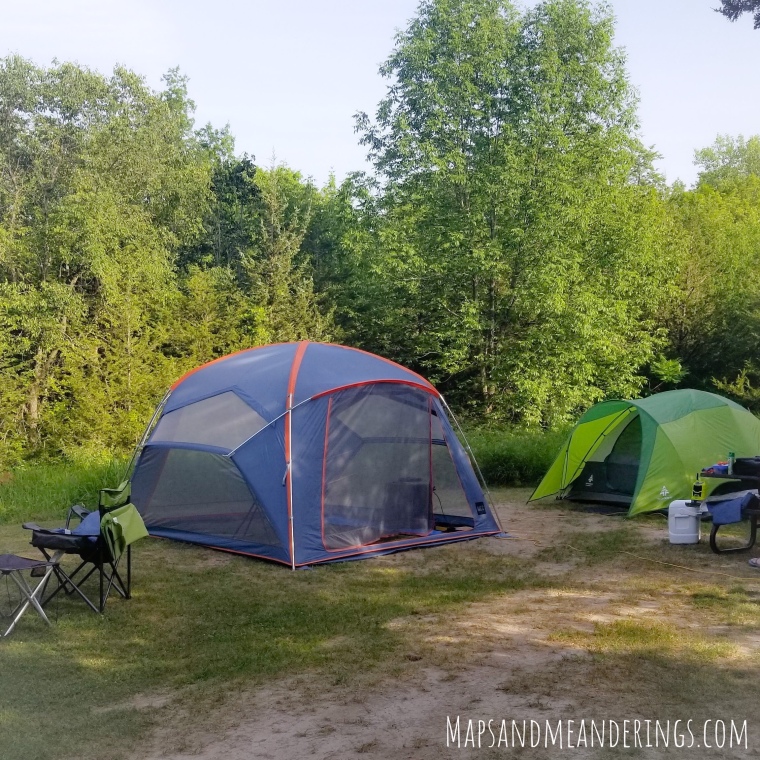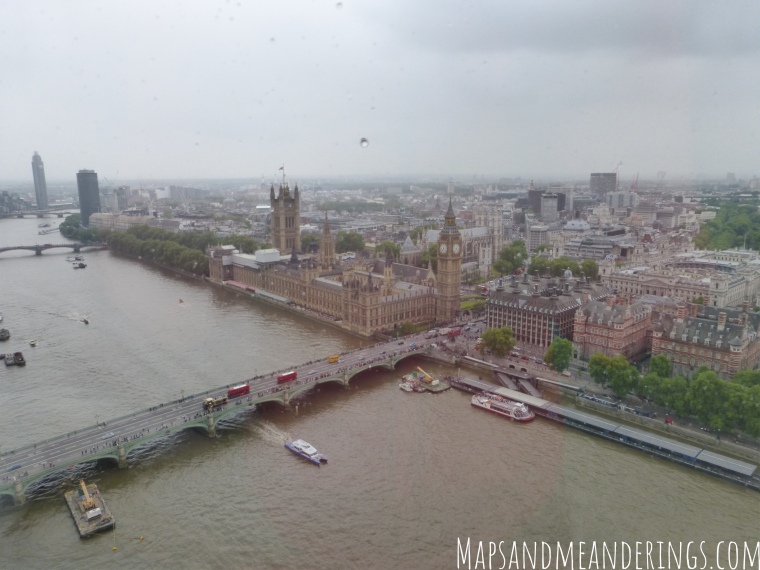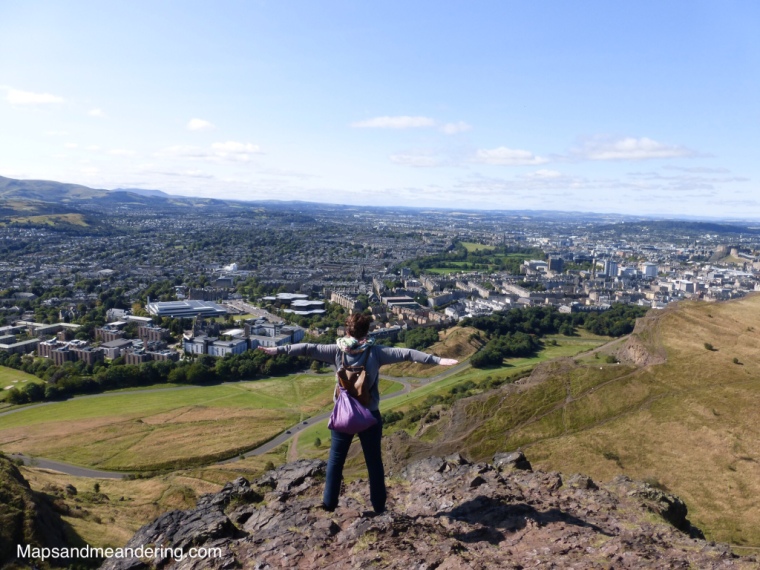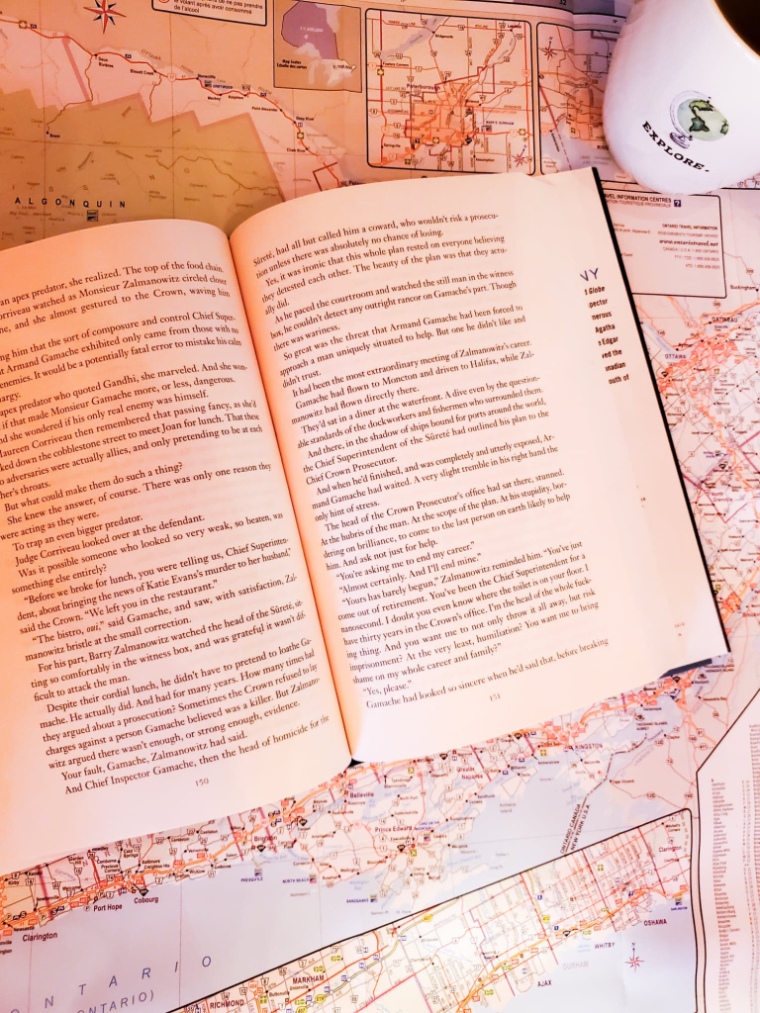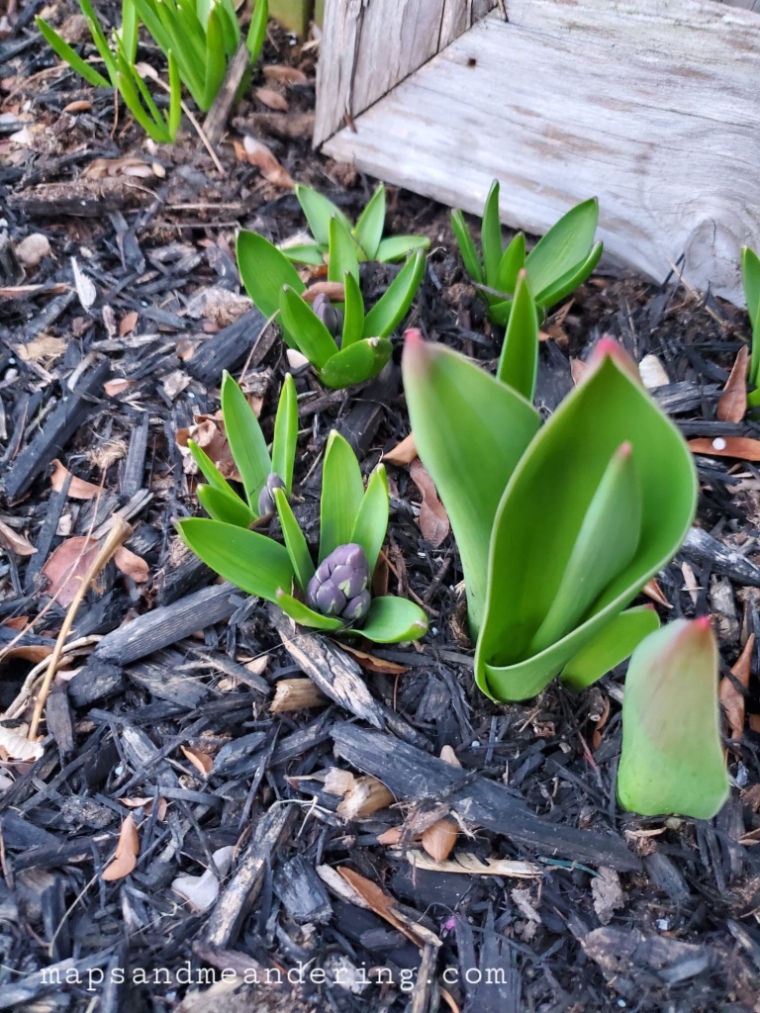This summer I was supposed to be taking a two week trip to Newfoundland and Labrador. Unfortunately, it has become clear that our trip is not going to happen. Newfoundland is not currently accepting visitors from outside the province, and it doesn’t look like that is gong to change any time soon. Even if it were to change by mid-summer, chances are that not everything will be open, and it wouldn’t be the trip we want. Because of this, we have decided that it is time to accept the inevitable and cancel. Our much anticipated Newfoundland trip will now be postponed until summer 2021.
As we’ve started thinking about cancelling everything that’s already been booked, I thought it would be a good time to write about the planning process. This may seem odd, especially as there’s not a lot of travel happening right now, but I suspect that though people aren’t travelling, many are dreaming of future travel or thinking about planning future trips. If we can’t travel, we can still think about and dream about planning travel.
I’ve mentioned before that I love planning trips. I love everything about the process of researching, building the itinerary, and picking out accommodations. But trip planning doesn’t start with the research and itinerary planning. The trip planning starts long before you get to that stage. So today I am going to look at the stages of planning a trip in general, using my Newfoundland trip as the example. In future posts I will hopefully dive into some of these stages in more detail.

Phase #1: Inspiration and that Initial Spark
In my experience, trip planning begins with that initial spark of inspiration. It’s the thing that makes you think, “I’d love to go there someday.” This spark might come from a book you read, a show or movie you watched, or hearing someone else talk, or write, about the destination. Whatever it is, there’s always something that makes you start thinking about how you might like to visit that location someday.
There’s nothing concrete in this stage. There’s not even much day dreaming – that comes later. Most trips and destinations never move beyond this stage. Many of our travels sparks fade away without much further thought. Maybe we know that the location would be much too expensive, or impractical, or not feasible for one reason or another. Or maybe the location just doesn’t hold our imagination as much as some other location or as much as we thought initially. For whatever reason, many ideas never move beyond a spark.
I have wanted to go to Newfoundland for so long that I can’t remember the initial spark. I can remember one of the things that fanned that spark into a flame and moved me into the next stage, though. It was the Newfoundland tourism commercials. Every single time I see one of these commercials, it makes me want to go to Newfoundland even more. Their tourism department definitely knows how to do it’s job.
Stage 2: Dreaming and Moving Towards a Plan
Stage 2 is the dreaming phase. This stage is reserved for those trips that have captured our imagination enough to stick around. They are the trips that never really seem to leave our minds as “some days.” If ever anyone were to ask us places we’d like to travel to, these are the trips that immediately spring to mind.
In this stage you possibly talk to others who have been to your dream destination and you learn more about the things they recommend doing and seeing while there. Maybe you start visiting tourism websites, or seeking out blog posts from those who have travelled there. Maybe you start reading books about the destination. Whatever dreaming looks like for you, you find yourself returning to the idea of planning a trip to that location more and more often.
I have long wanted to travel to all the provinces in Canada. I love exploring this country, so Newfoundland has been a spark in my mind for years. The idea of visiting Newfoundland got a hold of my mind and heart, and I found myself revisiting it over and over again. Eventually it was the “next trip” that we were planning if anyone asked. The idea worked it’s way from a dream to a plan, and before we knew it, we had moved into stage 3 of the trip planning process.

Stage #3: From a Dream to a Plan
Eventually some trips take up so much place in our minds that we move from dreaming to planning. At this stage, you are still technically in the idea phase, but you are starting to figure out if you could turn the idea into a concrete plan. Unfortunately, this is where some trips are forced to fade away or move into the background when we start to figure out whether we will be able to come up with enough time and budget to make the trip happen.
In this stage you start to look more seriously into how much the trip would cost and the length of the trip you would like to take. You might also start to figure out the questions of transportation. Would the trip involve air travel? Or is it a road trip? These, and more, are the things you start to seriously consider in this stage. These decisions will help you develop a timeline and an idea for when, and if, this trip might actually happen.
For our Newfoundland trip, some of the primary considerations for this stage were budget, length of trip, and type of transportation. We decided fairly early that we would be flying from Ontario to Newfoundland. While it’s possible to drive out and take a ferry, the travel time for that option is considerable. Since vacation time is not infinite, and we knew we would have at most two weeks, we decided it would be more than worth it to fly.
Another transportation consideration was whether we would take a bus tour or rent a car. Bus tours are a popular option for Newfoundland, and we gave them serious consideration, but ultimately ended up deciding to put together our own trip. Not only did this give us more flexibility over our budget, but also over our itinerary. I wasn’t sure that a bus trip would let us do and see everything we wanted (and I have travel planning control issues).
Making these decisions helped us put in place a timeline for when we were going to take the trip. We had a general idea of the type of budget we would be looking at and how long we would need to save. It was roughly two years ago that we decided we would aim for 2020 for our trip. This gave us the time we needed to save, as well as an idea for when we would need to start seriously planning and booking. Knowing these things prepared us to move into the next stage.
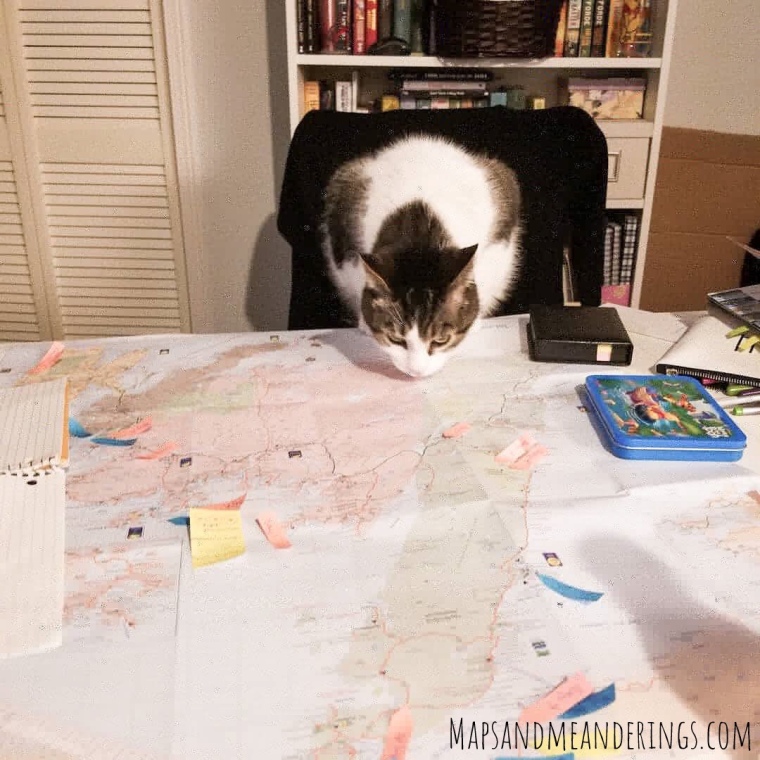
Stage #4: Research and Itinerary Building
By this stage, you’ve moved well beyond the vague dreams and into concrete planning. This is no longer a trip you might take someday, it’s now a trip you are going to take in x amount of time, even if you don’t know the exact dates yet. Now it’s the time to get down to the business of planning.
Don’t get me wrong, you are still dreaming in this phase, but now it’s paired with research and the reality of logistics. You need to dream about the things you might like to do, but also figure out what you can realistically fit into the time you have. You need to think about things such as whether your trip will be spent mostly in one city or resort, or many different places. Will your schedule be relaxed and filled with a lot of downtime or will your itinerary be tightly scheduled and filled with activity?
As you research and figure out all these things, you can start to build your itinerary. The one downside of this stage for me always seems to be the gradual realization that there is no way we can possibly fit in everything that we want to do in the time that we have. This happened to me in spades while planning our Newfoundland trip.
Newfoundland is a big place with so much to see and do – especially when you know that you won’t soon be returning. Trying to fit everything into a roughly two-week period begins to feel like trying to cram a bear into a breadbox… an impossible task. It doesn’t help when so much of the advice on visiting Newfoundland is to slow down and enjoy the scenery. How do you take it slow when you want to see and do absolutely everything?
It took me a long time to research and plan and build what I hope is a functional itinerary for our trip. I eventually decided that our trip was going to involve a lot of driving and be quite a bit busier than might work for others. We want to see as much of Newfoundland as possible in our short time, which requires a busier trip. Maybe someday I can travel to Newfoundland and enjoy that relaxed pace of life, but this trip is not going to be that.
Different trips will require different amounts of time and effort in this stage, but eventually you will get the trip details and itinerary worked out and be able to move into the next – and final – stage of trip planning.
Stage #5 – Booking, and Fine Tuning, and Other tasks.
Some elements of this stage may also occur in the previous stages. You might need to book flights, for instance, before you’ve fully worked out the itinerary. But generally, by this stage, all the big planning is done and it’s time to book your accommodations and book/buy tickets for any events or attractions you are planning on attending. This stage may take place over a number of months depending on your timeline. Some things need to be booked early, and some need to be booked closer to the travel dates or even while travelling.
For me, this stage generally involves fine tuning and completing the itinerary. For our Newfoundland trip, for instance, there are a number of days that even now require fine tuning and filling out. I know the general shape of the days, but the details still need to be finalized. We still need to determine where we want to eat, for instance, and which walking tours and hikes might we want to take. This the level of detailed planning that happens during this stage.
This stage may also include figuring out a packing list. I hadn’t got anywhere close to planning out a packing list for Newfoundland yet. I probably would have been starting that list around now, actually. The packing list step involves figuring out what the weather might be like, and what types of things you might need for specific activities. Some of our accommodations for Newfoundland, for instance, required us to bring blankets and sheets. These are the types of things you migh consider in this stage.
This stage can continue right up until just before the trip depending on how you plan and prepare, and it ends once you transition into the prep stage when you’re starting to pack and get ready to go. I didn’t include that stage here, because I consider it more part of the travel stage and less a part of the planning stage.
Each trip brings with it unique planning approaches even when you work within the same general framework. These are the typical stages of planning that I have noticed in all the trips I have planned and taken. What about you? Do you agree with these stages? Have I missed any? Let me know in the comments!
Until next time,



